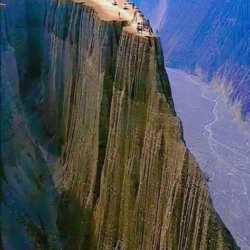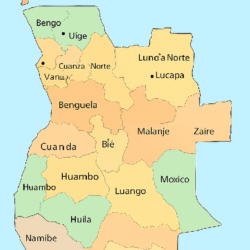Dune 45, a striking feature of the Namib Desert in Namibia, stands as a captivating example of a star dune—a rare and distinct type of sand dune formed by winds from multiple directions. Its towering presence, vibrant red sands, and unique shape make it a global icon of natural beauty and geological marvel.
The Formation of Star Dunes
Star dunes are named for their characteristic symmetrical shape, which features a central peak and multiple radiating arms.
- Wind Patterns
- Star dunes, including Dune 45, form in regions where wind blows from several directions.
- This multidirectional wind pushes sand into a central location, causing the dune to grow vertically rather than expanding outward.
- Unique Growth
- Unlike linear or crescent-shaped dunes, star dunes maintain their form by continuously shifting and accumulating sand in response to complex wind movements.
- This growth pattern results in their towering height and stability.
The Distinctive Characteristics of Dune 45
Height and Structure
Dune 45 rises majestically to a height of about 170 meters (approximately 560 feet). Its sharply defined ridges and steep slopes highlight the dynamic forces that shaped it.
The Red Sands
- The sand of Dune 45 originated from the Kalahari Desert and was carried inland by winds from the Atlantic Ocean.
- Its iconic red hue comes from iron oxide, a mineral that oxidizes and gives the sand its rusty color.
A Play of Light and Color
As sunlight shifts throughout the day, the colors of Dune 45 transform dramatically.
- Morning Glow: Soft pinks and oranges dominate during sunrise.
- Midday Radiance: Intense red and copper tones appear under direct sunlight.
- Evening Serenity: The dune takes on deep purples and browns as the sun sets.
The Significance of Dune 45
Geological Importance
Dune 45 showcases the long-term effects of wind and erosion on desert landscapes, offering a glimpse into geological processes that span millions of years.
Tourism Appeal
- Located near the entrance to Sossusvlei, a renowned salt-and-clay pan, Dune 45 is easily accessible, making it one of the most visited dunes in the Namib Desert.
- Climbing the dune is a popular activity, offering panoramic views of the surrounding desert.
Cultural Symbol
The Namib Desert, where Dune 45 resides, holds cultural and historical significance for Namibia, symbolizing the enduring beauty and resilience of nature.
Ecological Insights
Despite its arid environment, the Namib Desert supports diverse flora and fauna. Creatures like beetles, lizards, and geckos have adapted to the harsh conditions, thriving amidst the towering dunes.
Preservation and Challenges
Conservation Efforts
Dune 45 and its surrounding area are part of the Namib-Naukluft National Park, ensuring its protection from excessive human activity and environmental degradation.

Climate Impact
The region faces challenges from climate change, including shifts in wind patterns and potential impacts on the delicate desert ecosystem. Continued conservation efforts are vital to maintaining its beauty and ecological balance.

















